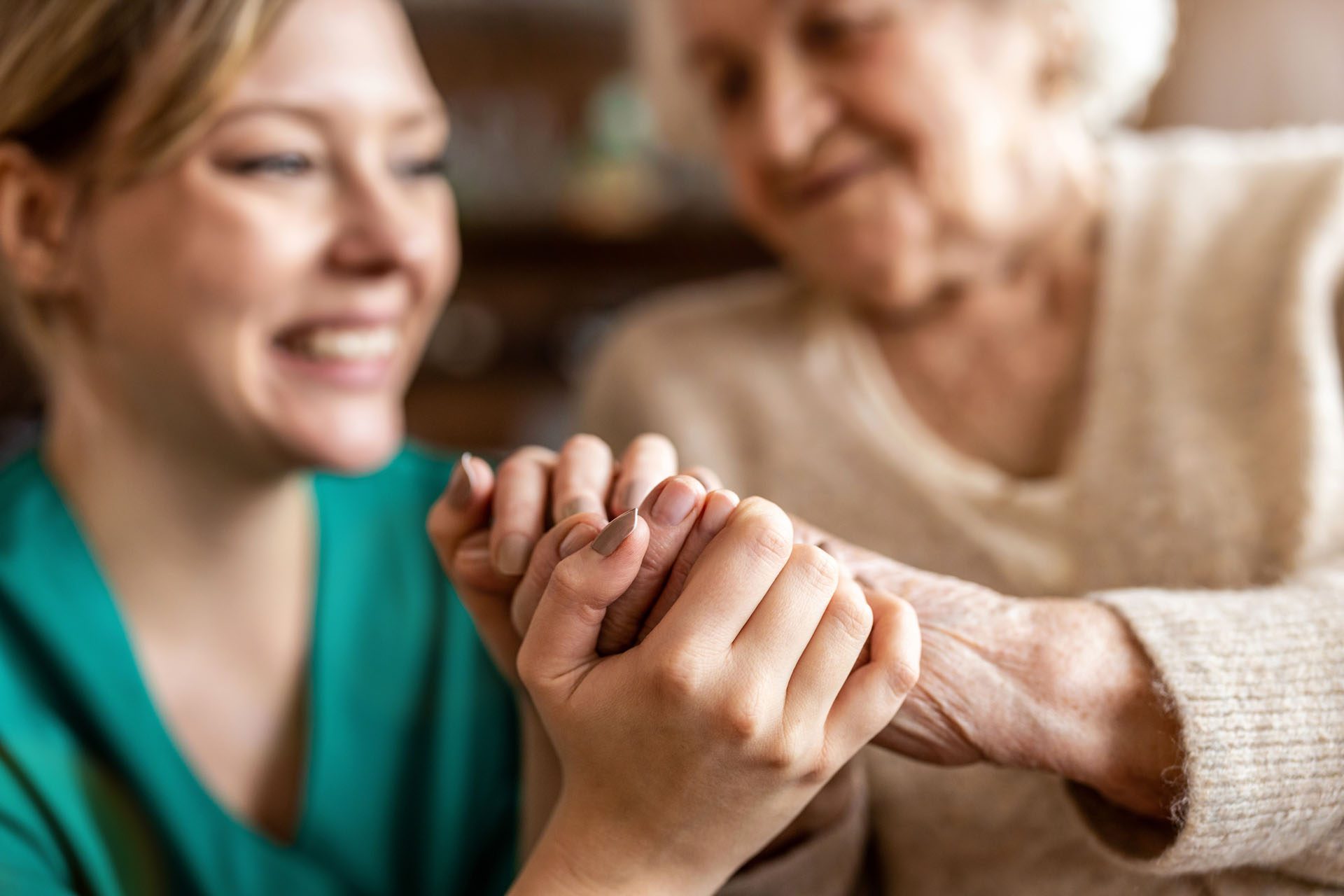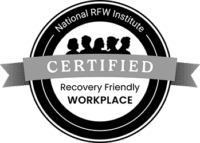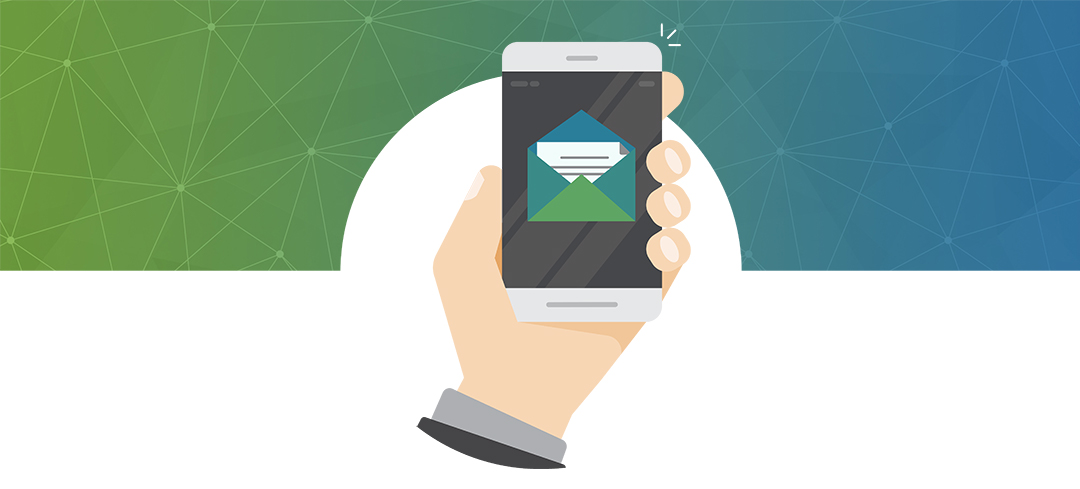Community Centric Approach: Bridging Barriers to Care for Underserved Populations
It has become increasingly clear over the last several years that to successfully improve health outcomes, it takes more than clinical care. Social determinants of health (SDoH)—the conditions in which people live, work, and interact—play a pivotal role in shaping individual and community well-being. Yet, traditional models of care often overlook this reality.
Enter community-centric healthcare initiatives—localized, relationship-driven programs that meet people where they are and tackle the root causes of health disparities.
Why Community Matters in Addressing SDOH
Social determinants such as housing instability, food insecurity, lack of transportation, language barriers, and limited access to health literacy tools are deeply localized challenges. Addressing them requires solutions that are equally localized.
Programs that activate within the community:
- Build trust and familiarity with healthcare resources
- Increase health literacy in culturally and linguistically appropriate ways
- Offer real-time care coordination and social services support
- Empower individuals to become active participants in their health
Use Case: Taking Healthcare to the Community
Taking action to go from recognizing healthcare disparities to effectively addressing them at scale remains a critical challenge, one that Rutgers Robert Wood Johnson Barnabas Health (RWJBarnabas Health) is determined to address with the launch of the Your Health Kiosk program—an innovative engagement model that brings healthcare directly into the heart of underserved communities.
Rather than expecting people to find their way to care, the Your Health Kiosk program reimagines healthcare access by embedding health representatives within everyday community locations—pharmacies, supermarkets, libraries, and even houses of worship. This grassroots approach connects directly with residents in Middlesex County, New Jersey, many of whom face barriers to care including:
- Insurance
- Lacking awareness of available services
- Language obstacles
- Social barriers such as transportation and food
Personalization Meets Engagement
At the heart of the program is a behaviorally based digital survey that captures a participant’s clinical and social needs and identifies gaps. From there, the program delivers personalized messaging and educational content via text, guiding individuals to appropriate services and providing the option to schedule follow-up care.
Real Results, Real Impact:
- 1,900 enrolled participants.
- 47% of participants are actively engaged in the program.
- 36% have initiated chat-based conversations within the program’s proprietary secure text environment.
- 19% clicked on links to dive deeper into content, with high interest in topics like COVID-19 treatment and cancer screening.
One participant shared, “This program helped me with clothes for my children and I, preventative vaccines for myself, insurance, and prescription glasses. This program is very effective for people in this community.”
These outcomes highlight what’s possible when health systems, community outreach, and digital engagement intersect with purpose.
Why It Matters for Healthcare Organizations
For health systems, payers and community organizations, this case study offers a blueprint both for addressing social determinants of health and improving care access. It showcases how thoughtfully applied digital tools can meet people where they are, reduce disparities, and empower individuals to take an active role in their health journey.
Community-centric approaches offer more than goodwill—they are strategic levers for reducing costs, improving health equity scores, and meeting value-based care benchmarks. These initiatives are the future of sustainable, patient-first healthcare delivery. By investing in programs that embed care within everyday spaces and integrate digital engagement with human connection, healthcare organizations can drive lasting change—one neighborhood at a time.
To learn more about Your Health Kiosk, watch our webinar on “The Impact of Proactive Patient and Member Engagement on Care Delivery Success” featuring Sabiha Hussain, MD and Program Director of Your Health Kiosk.







Find Us Online